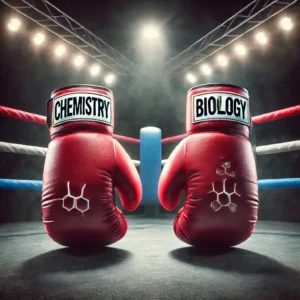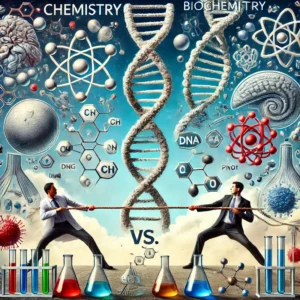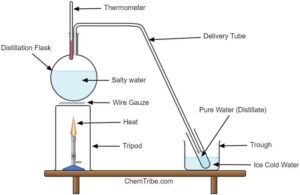Prerequisite Reading: Distillation (as separation technique)
Fractional distillation is a separation technique used to separate components of mixtures based on their boiling point differences.
It is more efficient compared to simple distillation and that’s why it is often used to separate components with closer boiling points (less than 400C).
In contrast, simple distillation is typically used when the boiling points of the components to be separated differ significantly (usually more than 40°C).
The biggest difference between simple and fractional distillation, which typically accounts for the disparity in separation efficiency, lies in the apparatus used in the two types of distillations.
In particular, one apparatus that gives fractional distillation efficiency advantage is the fractionating column, which is often placed above the distillation flask.
It is usually packed with glass beads to provide a large surface area over which some of the vapor condenses before passing into the Liebig condenser.
Apart from the fractionating column, what other apparatuses are used in fractional distillation?
Well, let’s begin with a fractional distillation diagram.
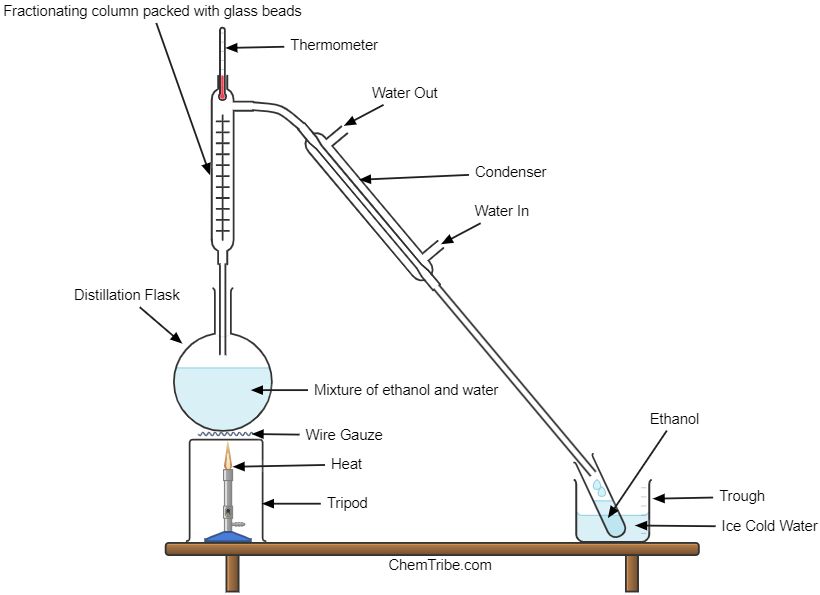
Here are the main apparatuses that make up the setup above:

Heating Setup
Supplies heat to the distillation flask so that the mixture can vaporize.
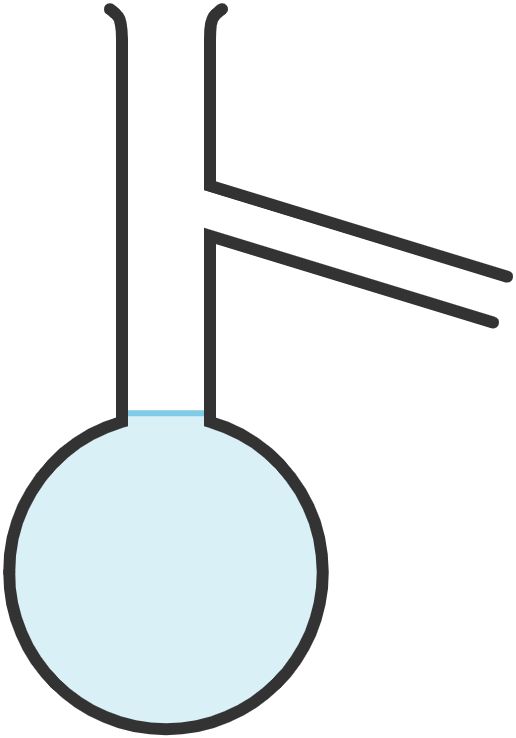
Distillation Flask
Used to hold the mixture being distilled.

Fractionating Column
Enhances separation efficiency by facilitating multiple vaporization-condensation cycles. It is packed with glass beads to provide a large surface area over which vapor condenses before passing into the Liebig condenser.

Liebig Condenser
Condenses the vaporized components back into liquid form.
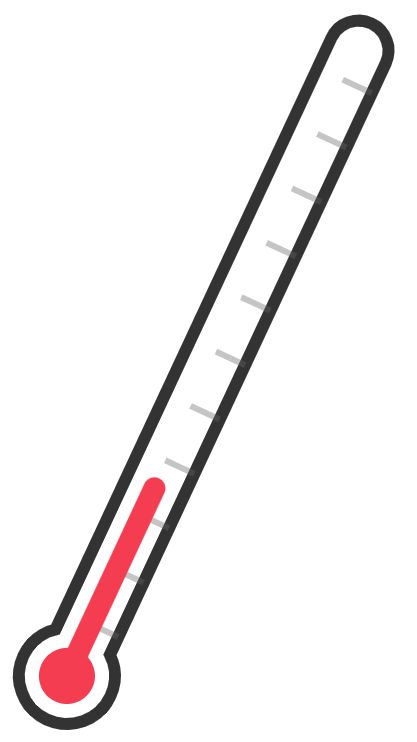
Thermometer
Monitors and regulates the temperature during distillation.
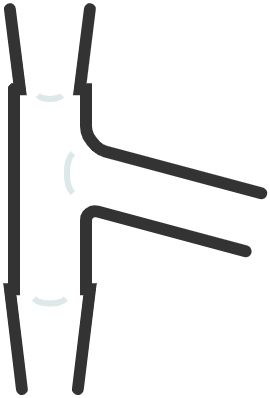
Distillation Head or Adapter
2 or 3-way glass connectors used to connect the distillation flask to the fractionating column and the condenser.
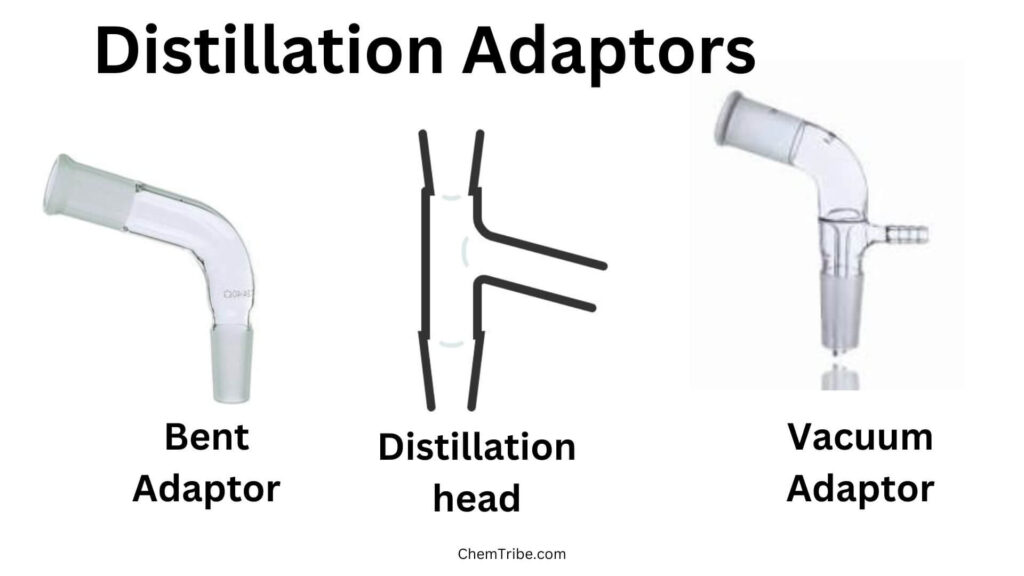
Vacuum Adaptor and Bent Adaptor
The vacuum adaptor is used to connect the lower end of the Liebig condenser and its role is to direct the distillate into the receiving flask. As you can see in the picture, it has a sidearm, which can be connected to the vacuum source (which is very handy in vacuum distillation setups). Bent adapter can be used in place of a vacuum adapter, especially in labs that lack the latter.

Vigreux Column
The fractionating column can either be:
- A straight column packed with glass beads or pieces of metals such as Raschig rings
- Vigreux column designed with ground glass jointsor indentations that run its entire length to provides additional surface area for vapor-liquid contact.

Boiling Chip/Boiling stones/Anti-bumping Granules
Tiny, unevenly shaped anti-bumping granules which may be added to the liquid mixture to ensure smooth boiling without bumping or splashing.
There you have it; some of the main apparatus used in fractional distillation. While these are the major apparatus specific to fractional distillation processes, other common lab apparatus may also be used in conjunction with these, depending on laboratory specifications and the type of fractional distillation being carried out.
Further Reading:
50+ More Laboratory Apparatus (Names and Uses)

